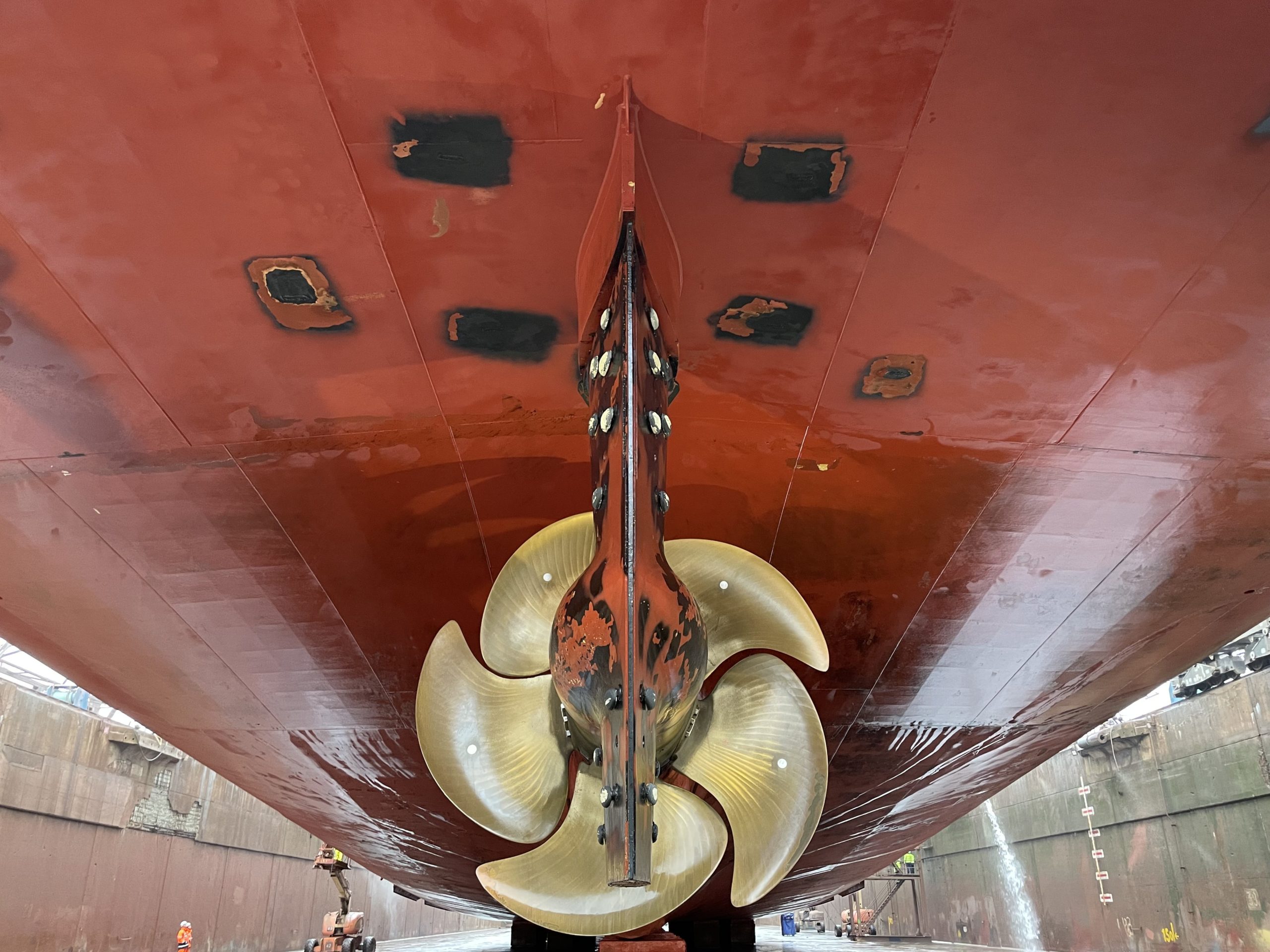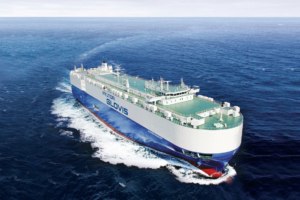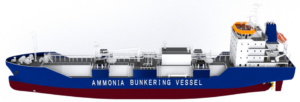
Scandlines, a ferry operator with a culture based on a strong German-Danish cooperation, reports today that reduces the energy consumption of the Rostock ferries by 11 percent, with the installation of new propeller blades on the Rostock ships.
This results in improved propeller efficiency, and a saving in propulsion energy of as much as 11 percent, as the company highlights in its announcement.
In 2016, Scandlines introduced two new hybrid ferries on the Rostock-Gedser route. The ferries are specially designed for the route and for a speed of 20 knots with three engines in operation: two on the centre propeller and one for the hotel load and thrusters.
“As part of the company’s green agenda, the speed has been reduced to 16 knots and therefore only one engine is needed on the centre propeller. The propulsion machinery of the vessel is not optimised for this speed and one main engine does not have sufficient torque to rotate the propeller at the designed pitch (angle of the propeller blade). In order not to overload the engine, pitch is reduced and propeller efficiency decreases significantly”, as Scandlines says.
The former centre propeller with a diameter of 4.6 metres was thus not being used optimally, and Scandlines therefore decided to replace the five propeller blades with smaller blades, so that the centre propeller now has a diameter of 4.2 metres. In addition to improved efficiency, this also reduces vibration and the risk of bottom damage.
With a crossing time of two hours, Scandlines reduces the propulsion energy and CO2 emissions by 11 percent thanks to the new propeller blades.
With more than 38,000 departures on seven ferries, Scandlines carried more than 3.6 million passengers, 950,000 passenger cars and almost 720,000 freight units on the Rødby-Puttgarden and Gedser-Rostock routes in 2021.


